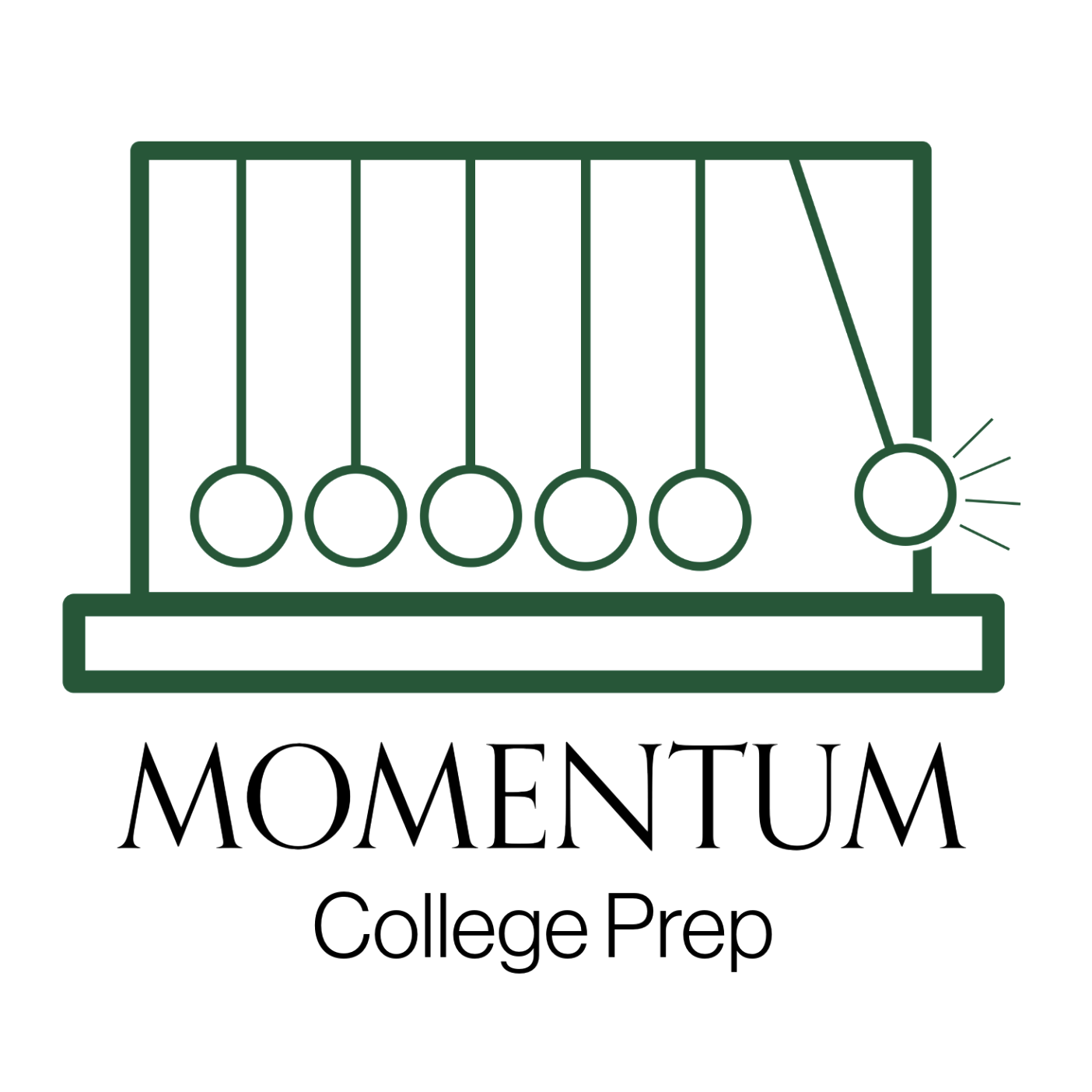UC Personal Insight Questions Essays 2025–26: Complete Guide with Examples
The University of California uses the Personal Insight Questions (PIQs) to understand your impact, context, and potential—beyond coursework and grades. You’ll answer 4 of 8 prompts, up to 350 words each, and all responses are weighed equally. Systemwide, UC receives hundreds of thousands of first-year applications each year, with admit rates varying widely by campus. Below, we break down each essay prompt with expert advice, writing tips, and strong examples.
What UC Values
Impact in context. Show outcomes relative to your school/community realities. Quantify results and name constraints you navigated.
Initiative and leadership. Titles are optional; sustained influence and problem-solving matter more than positions.
Intellectual curiosity. Reveal how you pursue ideas beyond requirements—self-directed projects, collaborations, or community applications.
Resilience and contribution. Explain challenges you faced, the supports you used, and what changed—for you and for others.
UC Campuses on the Undergraduate Application
UC Berkeley
UC Davis
UC Irvine (UCI)
UCLA
UC Merced
UC Riverside (UCR)
UC San Diego (UCSD)
UC Santa Barbara (UCSB)
UC Santa Cruz (UCSC)
Essay Prompts Breakdown (with examples)
You will answer 4 of the following 8 UC PIQ essay prompts. Each section below includes what to do, what to avoid, and a brief example snippet.
1) Leadership
Prompt: Describe an example of your leadership experience in which you have positively influenced others, helped resolve disputes, or contributed to group efforts over time.
What to Do
Anchor the essay in one initiative with a clear before/after. State your role, the specific actions you took, and measurable outcomes.
Explain your decision-making: the constraint, options considered, and why you chose your approach.
Show how you developed others (training, mentoring, systems), not just how you performed.
Name the conflict or friction you faced and how you addressed it (listening, redesigning process, setting norms).
Quantify impact (participation, funds raised, time saved, adoption rate) and include a concrete result.
End with transfer: how this leadership lesson now shapes what you do in class, work, or community.
What to Avoid
A résumé-style list of titles or tasks with no story arc.
“We” language that hides your actions; admissions needs to see your fingerprints.
Vague superlatives (“incredible,” “life-changing”) without evidence.
One-day events; sustained leadership over time reads stronger.
Example Snippet
“I wasn’t team captain, but I rebuilt our robotics onboarding. Pairing each rookie with a ‘micro-skill’ ladder cut attrition from 42% to 18% and freed seniors to iterate autonomous code. By regionals, three rookies owned subsystems I used to hoard.”
2) Creative Side
Prompt: Every person has a creative side, expressed in many ways—problem solving, original and innovative thinking, and artistically, to name a few. Describe how you express your creative side.
What to Do
Define what creativity means in your context (e.g., designing art, rethinking workflows, building tools).
Walk through your process: how you generate ideas, test them, get feedback, and refine.
Spotlight one problem you solved creatively and why the solution mattered to others.
Include constraints (budget, time, access) that forced ingenuity.
Reference artifacts or outcomes (prototype, performance, adoption) in words—not links.
Reflect on how creativity changes how you learn or collaborate.
What to Avoid
Treating creativity as only “art.” Applied creativity in STEM, leadership, or service counts.
Abstract musings without a specific project.
Overlong tool lists; focus on decisions and effects.
Example Snippet
“When our bus-tracking app lagged during peak hours, I prototyped a lightweight cache that pre-fetched routes based on bell schedules. Latency dropped from eight to two seconds, and ridership surveys showed a 23% uptick in students catching the 7:10.”
3) Greatest Talent or Skill
Prompt: What would you say is your greatest talent or skill? How have you developed and demonstrated that talent over time?
What to Do
Choose one skill and define it precisely (not just “communication”—what kind? when? with whom?).
Trace development across milestones: early attempts, feedback you sought, targeted practice, and higher-stakes applications.
Show how the skill benefits others (mentoring peers, building tools, smoothing team dynamics).
Provide external validation (rubrics, awards, outcomes, testimonials) when available.
Connect the skill to academic or community impact and how you’ll use it within UC.
What to Avoid
Generic claims without evidence or recent examples.
A hidden second topic that dilutes focus.
Overstating mastery; growth mindset reads stronger.
Example Snippet
“My clearest skill is concise editing. I built a two-page lab-report template and coached ninth graders through weekly ‘cut-by-50-words’ clinics. Average rubric scores rose from 15 to 19, and our teacher adopted the template across three sections.”
4) Educational Opportunity or Barrier
Prompt: Describe how you have taken advantage of a significant educational opportunity or worked to overcome an educational barrier you have faced.
What to Do
Define the opportunity or barrier and why it mattered in your context (school offerings, family duties, finances, access).
Show your agency: the steps you took, resources tapped (mentors, MOOCs, community college), and how you persisted.
Describe what you built or changed—study group, shared resources, program advocacy—so others benefited too.
Include timelines and outcomes (grades, certificates, policy changes, new offerings).
Reflect on what you learned about navigating systems and how this shapes your future choices.
What to Avoid
Comparing your hardship to others’ or minimizing your own.
A list of obstacles without actions you took.
Overemphasis on struggle with no academic tie-in.
Example Snippet
“When AP Chemistry was canceled, I enrolled in a night course at our community college and formed a Saturday study pod. We shared Anki decks and office-hour questions; I finished with an A, and our counselor now lists the dual-enrollment path on the course sheet.”
5) Significant Challenge
Prompt: Describe the most significant challenge you have faced and the steps you have taken to overcome this challenge. How has this challenge affected your academic achievement?
What to Do
Identify one challenge with clear stakes and a timeline. Provide necessary context (health, caregiving, commute, work hours) without over-disclosing.
Detail concrete strategies: schedule redesign, advocacy, assistive tech, tutoring, therapy, or policy accommodations.
Name the support network you engaged and how you coordinated it.
Connect the dots to school: attendance, grades, course choices, or participation—what changed and why.
Share the after: how your systems now help you handle new demands.
What to Avoid
Trauma for trauma’s sake; UC needs understanding, action, and growth.
Euphemisms that obscure the academic impact.
Claims you “handled it alone”—collaboration shows maturity.
Example Snippet
“When my hours at the family market doubled, I shifted APUSH to 6:00 a.m., batch-cooked dinners on Sundays, and asked my chemistry teacher for Friday lab makeups. The system held; I kept a 3.8 and learned to design my week, not endure it.”
6) Academic Subject Inspiration
Prompt: Think about an academic subject that inspires you. Describe how you have furthered this interest inside and/or outside the classroom.
What to Do
Start with a specific question or moment of curiosity, then trace deepening involvement over time.
Show layered learning: advanced courses, independent projects, competitions, lab work, community use cases.
Highlight how you share the subject—tutoring, clubs, public demos, resources you created.
Include a concrete artifact (dataset, map, zine, code, policy memo) and what it accomplished.
Close with the next question you want to study at UC (not a “Why Campus” pitch—keep it about inquiry).
What to Avoid
Course lists with no through-line or application.
Jargon that hides understanding; explain concepts in reader-friendly terms.
Predicting a major as destiny; show exploration and openness.
Example Snippet
“AP Environmental Science led me to map heat islands with ArcGIS and present equity data to our board. After we won two shade sails for the bus stop, I started a ‘cooling inventory’ that now guides our PTA’s planting plan.”
7) Making Your School or Community Better
Prompt: What have you done to make your school or your community a better place?
What to Do
Define your community precisely (school, neighborhood, cultural group, online space) and the problem you targeted.
Describe the solution you piloted, how you recruited partners, and how you measured success.
Share obstacles (apathy, logistics, funding) and how you iterated.
Include a tangible result and a handoff plan so the work outlives you.
Explain what the experience taught you about systems change and collaboration.
What to Avoid
Broad volunteering summaries without depth or outcomes.
Assuming readers can click a website to verify impact—summarize evidence inside the essay.
Saving the result for the last line; lead with what changed.
Example Snippet
“I co-led a bilingual FAFSA night with our counselor and translated forms for 27 families. Our completion rate rose from 58% to 76%, and I trained two juniors on the call script so the event repeats without me.”
8) What Sets You Apart
Prompt: Beyond what has already been shared in your application, what do you believe makes you stand out as a strong candidate for admission to the University of California?
What to Do
Add context admissions won’t glean from activities alone: identities, responsibilities, philosophies, or a sustained passion.
Tie the insight to concrete behaviors and outcomes (habits, creations, contributions).
Show how this perspective will add to UC classrooms or communities (access, inclusion, collaboration).
Keep a tight focus on one differentiator to avoid rehashing other PIQs.
What to Avoid
Repeating your activities list or another PIQ.
Generic “hard worker” claims without specificity.
Overly future-focused promises; show present evidence.
Example Snippet
“I’m the first deaf student in our EMT pathway. Designing hand-signal protocols with my crew didn’t just help me—it sped triage times for everyone. I now build access by default, from lesson plans to lab safety briefings.”
Extra Tips for UC PIQ Essays 2025–26
Choose range on purpose. Select four prompts that together showcase leadership, curiosity, service, and resilience.
Answer the question first. Open with your action and result; add context and reflection next.
Quantify impact. Numbers, timelines, and named outcomes make your work legible to readers.
Use the Additional Comments box for context only. Not a fifth essay—save it for crucial clarifications.
Revise aloud. Reading your PIQs out loud surfaces vague phrasing and filler.
Final Checklist Before You Submit
Each PIQ answers its prompt directly within the first few sentences.
Every essay centers one story with your specific actions and measurable outcomes.
You explain context (resources, constraints) and what changed because of you.
Reflection links the experience to skills/values you’ll bring to UC.
There’s no redundancy across the four essays or with your activities section.
At Momentum College Prep, we believe every student has a story worth telling—and UC PIQs are your chance to tell it clearly and confidently. Our coaches help you choose the right four prompts, sharpen impact, and refine voice so your application reads as a cohesive whole.
Want expert feedback on your UC PIQ essays? Schedule a free consultation with Momentum College Prep.
Want to take the guide with you? Download it here.

